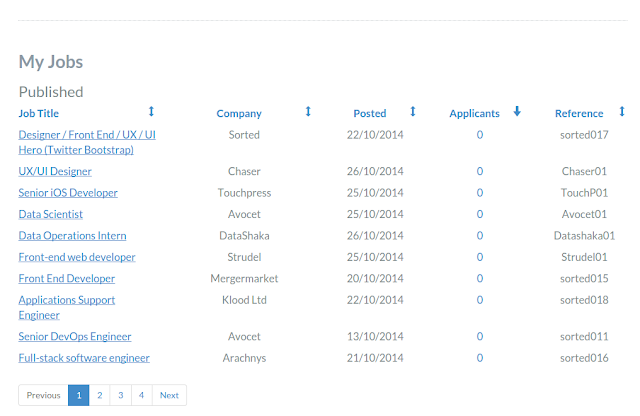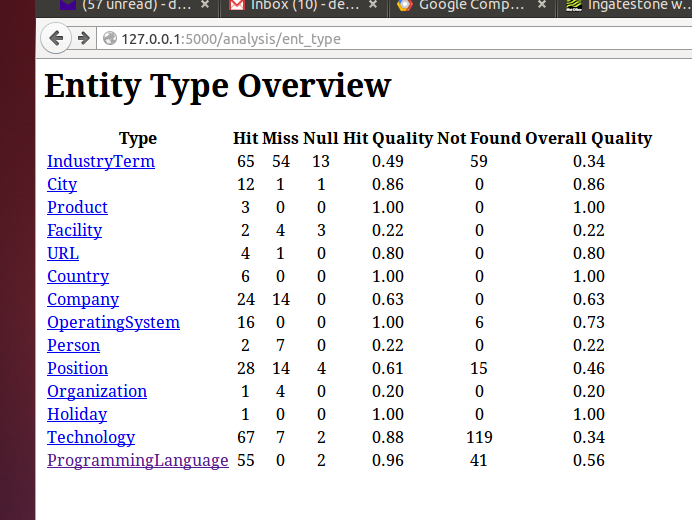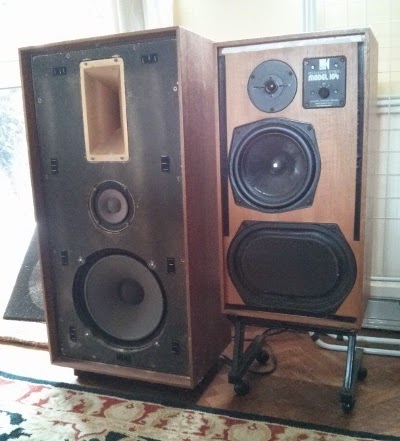1. Good for non-designers
In some ways this is more down to Bootstrap, but combine AngularJS, Bootstrap 3 and AngularUI you have a quick and easy way to produce a responsive and dynamic website.2. Good for non programming web designers
Angular hides most of the Javascript so it makes for easy collaboration between a front end programmer and a designer. Angularjs directives mean that some of the clever bits can be presented to the designer as new HTML tags, which he can manipulate in the same way as other tags.3. Very clear view seperation
Views live in templates, which are just HTML files, controllers live in javascript controller files and never the twain shall meet. The actual controller function gets specified in an attribute to a <div> or other HTML tag -what could be easier (don't mention $scope)?4. Decent documentation and community
The AngularJS site is pretty good, with a good tutorial, developer guide, and reference. Stackexchange is very active, Egghead.io is a good source of video tutorials although there are many others. Manning has a couple of MEAP books; I have used AngularJS in Action, which is now nearly completed, the other is AngularJS in Depth. Packt has a whole raft of AngularJS titles, I have used Mastering Web Application Development with AngularJS, I would guess the Manning books will be more up to date than the Packt one at the moment as they aren't formally published yet.5. Testing tool.
Angular provides Protactor for end to end testing, this uses Selenium Webdriver to run Jasmine tests via standard web browsers. It is aware of Angular directives so you can run tests on Angular loops etc. It works well and the devlopers have been helpful when I found a problem.That'll do for now, there's loads more and AngularJS has it's quirks, but I need coffee so that's another post.




